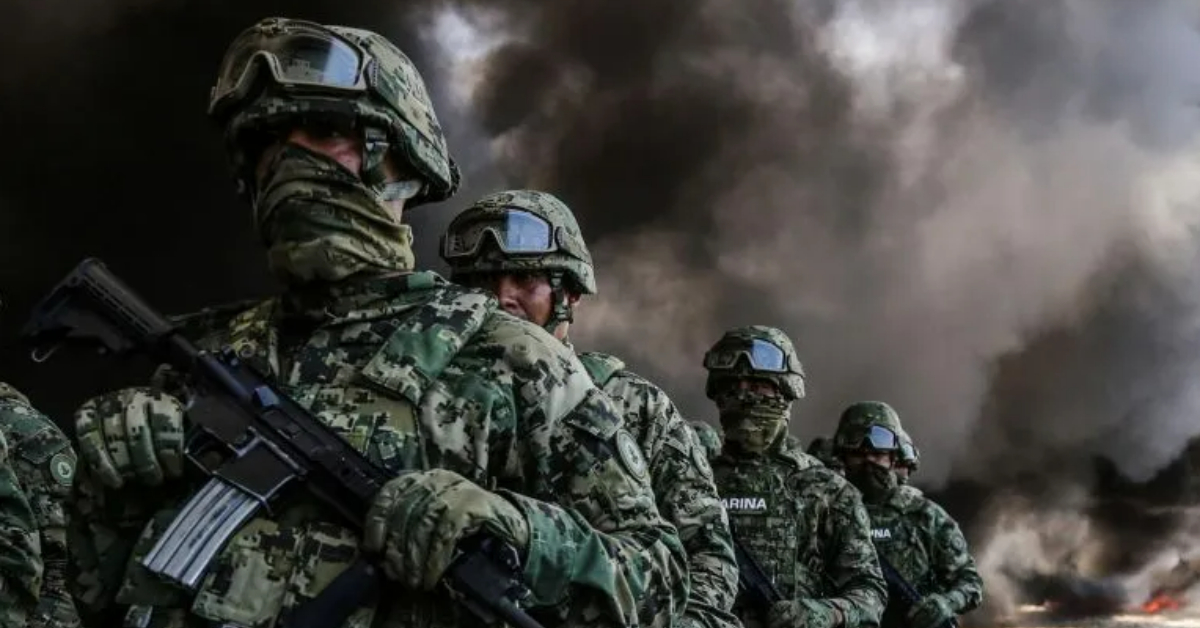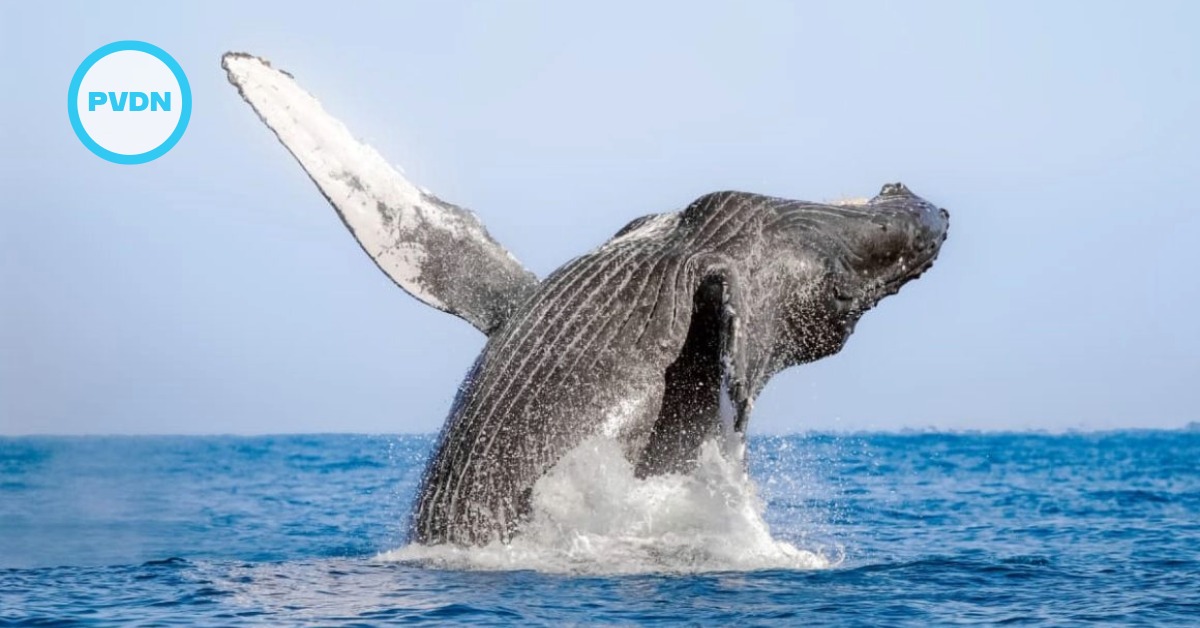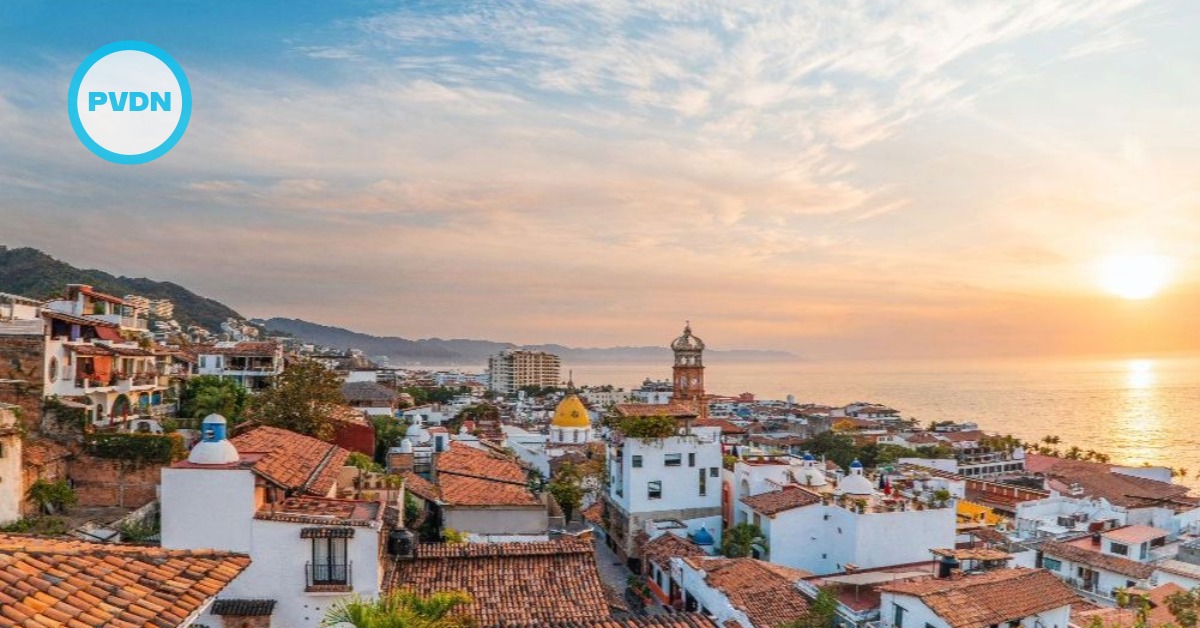Puerto Vallarta (PVDN) - Americans frequently choose Mexico as a vacation spot. However, due to headlines about crime in Mexico that resulted in American tourists getting hurt or killed, some travelers have become concerned about their safety when considering trips to the southern border.
The U.S. Department of State issues travel advisories for all countries worldwide, warning American travelers of potential safety risks. However, it treats Mexico differently, issuing advisories for individual states and Mexico City instead of one for the entire country.
These advisories are categorized into four levels, ranging from least severe (level . . .







